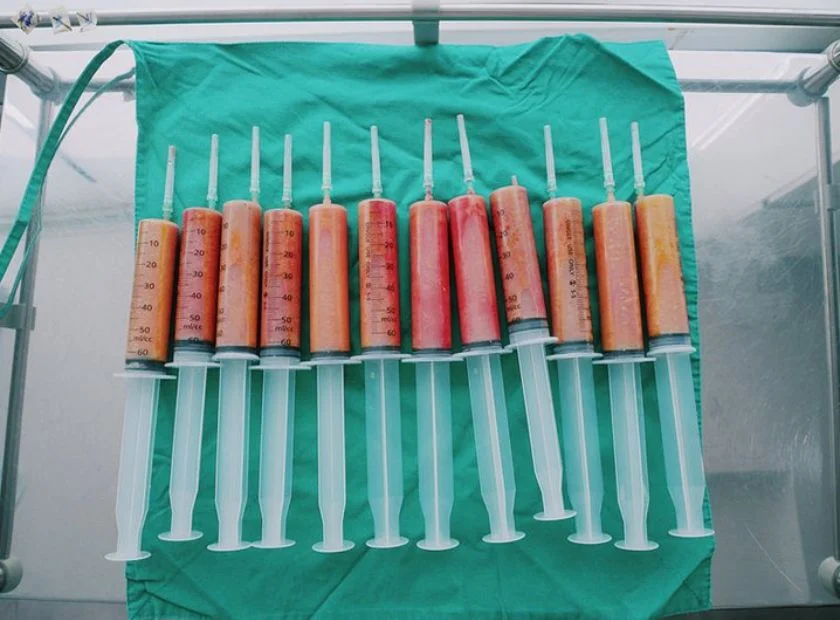Breast lipofilling, a versatile procedure that can address various needs, has been gaining popularity for its natural and long-lasting results. It involves augmenting the breasts by injecting fat harvested from the patient’s own body. This technique is particularly useful for defect correction post breast-conserving surgery or mastectomy and reconstruction to improve cosmesis, but it can also be used for breast augmentation.
The technique involves extraction of fat from the patient’s own reserves through liposuction, purified, and then reinjected into the breast. The resulting scars are minimal, typically on the order of millimeters, and virtually invisible on the breasts.
One of the key advantages of breast lipofilling is its ability to provide a natural look and feel. Since it uses autologous tissue, there is no risk of rejection, and potential complications associated with implants, such as ruptures or capsular contracture, are eliminated. Additionally, the procedure offers the benefit of reshaping another body area from which fat is harvested, providing a double aesthetic improvement.
However, breast lipofilling also has its limitations and risks. Some of the injected fat may be reabsorbed by the body, necessitating multiple interventions to achieve the desired volume. The amount of fat that can be harvested and reinjected is limited, making significant breast augmentations challenging. Like any surgical procedure, breast lipofilling carries minimal risks of infection or irregularities in shape when not performed by an experienced breast surgery expert.
The whole process takes about an hour under general anesthesia, and the recovery is pretty quick—usually, you’ll have your dressings removed within 3 to 5 days. While lipofilling is generally safe, it can sometimes cause benign cysts. Luckily, these can be spotted using ultrasound and are usually harmless. If we detect any lumps in the breast, we’ll do further checks to make sure everything’s okay.


